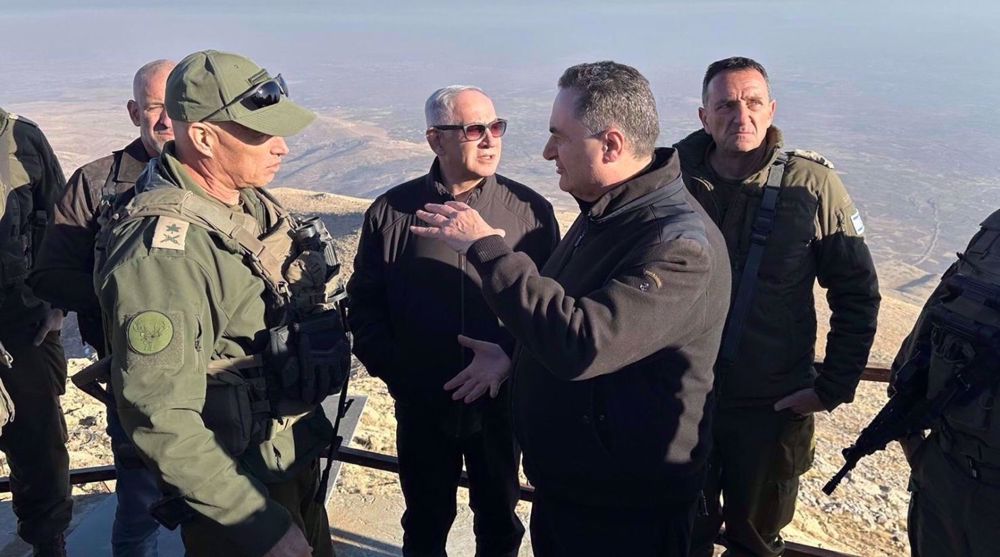Thessaloniki subway dig unearths ‘city under the city’
Shovels and brooms in hand, some two dozen workmen trudge around the remains of an ancient villa, deep beneath the bustle of modern-day Thessaloniki, Greece.
A 15-year subway project in Greece's northern metropolis, scheduled to be completed in 2020, has shed light on unknown facets of daily life in the 2,300-year-old city's history.
The excavation has brought to light Thessaloniki's central 6th-century highway and other urban works, filling in gaps in the city's long history for archaeologists.
"We did not know such important urban changes had been carried out in this era, probably under (Byzantine Emperor) Justinian," said Polyxene Adam-Veleni, head of the culture ministry's Thessaloniki antiquities department.
"We were surprised to discover the road in such exceptional condition. This phase of the city's history was mostly unknown to us," she told AFP.
Other finds such as the villa are older, dating to the late fourth century AD.
On the floor of the villa's hot bath, archaeologists found a gold ring.
"It was probably dropped by a young woman who made the mistake of taking her jewelry into the baths," a site archaeologist said.
Built in the fourth century BC and named after the half-sister of Alexander the Great, Thessaloniki was an important hub of the Roman Empire and later became the second city of the Byzantine Empire.
It continued to grow under the Ottoman Empire with the arrival in the 15th century of thousands of Sephardic Jews expelled from Spain.
The excavation has turned up over 300,000 items of importance, including 50,000 coins, in addition to two marble plazas, a 15-meter (nearly 50-foot) fountain and an early Christian church.

Alongside the stone-paved road, the Decumanus Maximus, crews also found the remains of mud-bricked workshops where jewelers plied their trade -- as they still do today, in blocks of flats above the subway dig.
Golden wreaths and jewelry were also found in over 5,000 graves and tombs along the subway route, but it was another, more humble discovery that excited archaeologists, Adam-Veleni said.
"We found vessels shaped like hand grenades. Initially we couldn't figure out their purpose. Then we realized they were used to store mercury for the making of jewelry," she said.
"This plain object was extremely valuable to us. Because ultimately it gave us the interpretation that it was used in these workshops," Adam-Veleni said.
The subway's construction was commissioned in 2003, with work beginning three years later. It should have been completed in 2012.
But the project stalled amid debate on how to best preserve the antiquities found, says Yannis Mylopoulos, chairman of state subway builders Attiko Metro.
The archaeological excavations alone cost over 75 million euros ($93 million), according to the company.
"The city was called to decide, metro or antiquities? This was a false dilemma... we are doing both. The city is discovering and showcasing its history," said Mylopoulos, a professor of civil engineering and former rector of Thessaloniki's Aristotle University.
Once completed, footpaths above the two subway stations where the main discoveries were made -- Eleftherios Venizelos, named after the Greek statesman, and Hagia Sophia, the iconic cathedral built by Justinian -- will give a broad view of the heart of the ancient city's trade district.
(Source: AFP)
VIDEO | Yemenis praise the military for its successful operations against Israel
VIDEO | Israel continues to bomb Gaza homes
VIDEO | An insider's view of the country: Meybod City in Yazd
‘All wars have rules. All of those rules have been broken’ by Israel
VIDEO | Report flags India’s violation of rights of Rohingya detainees
Turkey's foreign minister meets Syria's de facto leader in Damascus
VIDEO | US Syria plots
'Next to impossible' to rescue patients from Gaza's Kamal Adwan Hospital: Director










 This makes it easy to access the Press TV website
This makes it easy to access the Press TV website